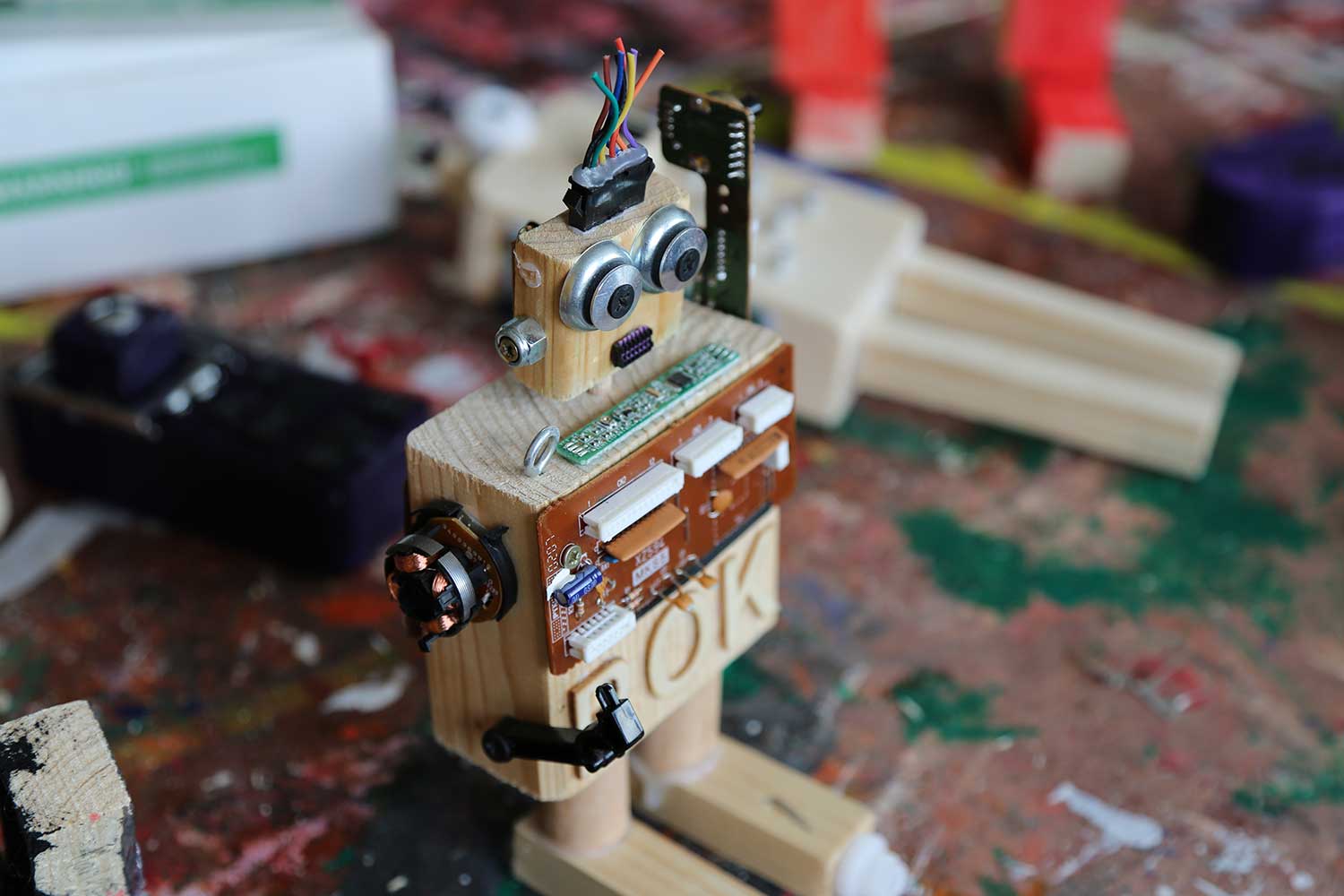Vision
Design and technology helps to prepare children for the developing world. The subject encourages children to become creative problem-solvers, both as individuals and as part of a team. Through the study of design and technology they combine practical skills with an understanding of aesthetic, social and environmental issues. Design and Technology helps all children to become discriminating and informed consumers and potential innovators. It should assist children in developing a greater awareness and understanding of how everyday products are designed and made.
Intent
The intent of the DT Curriculum at Bank View is to provide plenty of opportunities for the children to learn, apply and strengthen essential skills required in the designing, making and evaluating of an effective product for a given purpose. Design and Technology lessons prepare children to take part in the development of today’s rapidly changing world. Creative thinking encourages children to make positive changes to their quality of life. The subject encourages children to become autonomous and creative problem-solvers, both as individuals and as part of a team. It enables them to identify needs and opportunities and to respond by developing ideas and eventually making products and systems.
Implementation
Where it all begins…
The Early Years Foundation Stage (EYFS) the children develop essential basic skills in design and technology which prepares them for their transition into Year 1. This is by the teacher creating many opportunities for the children to carry out D&T-related activities across all areas of learning.
In KS1 and KS2 through a variety of creative and practical activities, we teach the knowledge, understanding and skills needed to engage in a repetitive process of designing and making. The children design and create products that consider function and purpose and which are relevant to a range of sectors (for example, the home, school, leisure, culture, enterprise, industry and the wider environment).
When designing and making, the children are taught to:
Design:
- use research and develop design criteria to inform the design of innovative, functional, appealing products that are fit for purpose, aimed at particular individuals or groups.
- generate, develop, model and communicate their ideas through discussion, annotated sketches, cross-sectional diagrams, prototypes, pattern pieces and computer-aided design.
Make: - select from and use a wider range of tools and equipment to perform practical tasks (for example, cutting, shaping, joining and finishing, as well as chopping and slicing) accurately.
- select from and use a wider range of materials, ingredients and components, including construction materials, textiles and ingredients, according to their functional properties, aesthetic qualities and, where appropriate, taste.
Evaluate:
- investigate and analyse a range of existing products.
- evaluate their ideas and products against their own design criteria and consider the views of others to improve their work.
- understand how key events and individuals in design and technology have helped shape the world.
Develop Technical knowledge: - apply their understanding of how to strengthen, stiffen and reinforce more complex structures.
- understand and use mechanical systems in their products.
- understand and use electrical systems in their products.
- apply their understanding of computing to program, monitor and control their products
- Understand some of the ways that food can be processed and the effect of different cooking practices (including baking and grilling).
Key skills and knowledge for Design and Technology have been mapped across the school to ensure progression between year groups. Children will design and make a range of products. A good quality finish will be expected in all designs and activities made appropriate to the age and ability of the child
Impact
Children learn how to take risks, becoming resourceful, innovative, enterprising and capable citizens. Through the evaluation of past and present design and technology, they develop a critical understanding of its impact on daily life and the wider world. High-quality design and technology education makes an essential contribution to the creativity, culture, wealth and well-being of the nation








